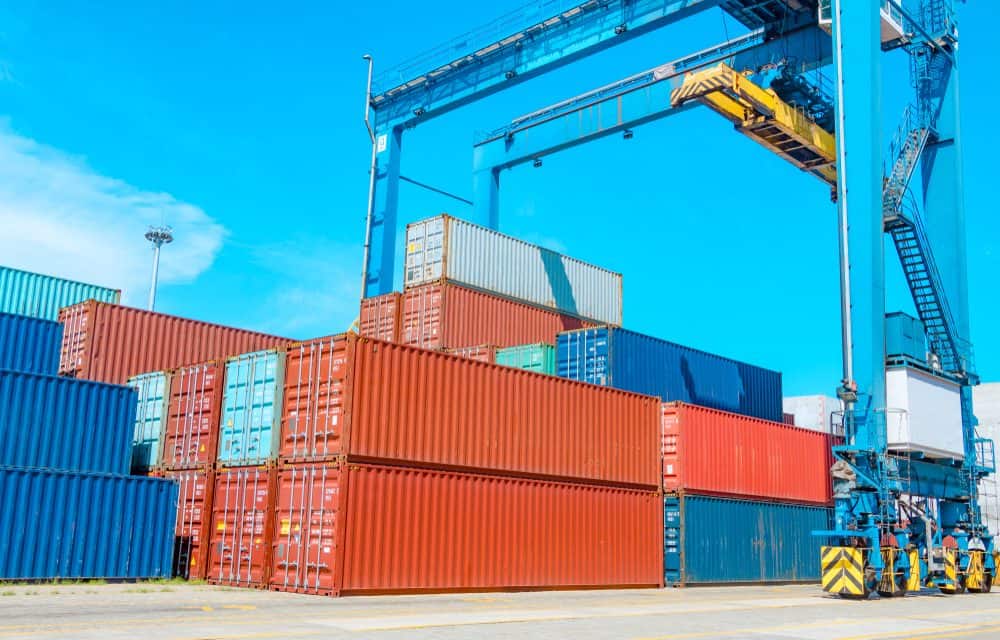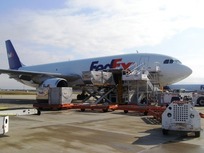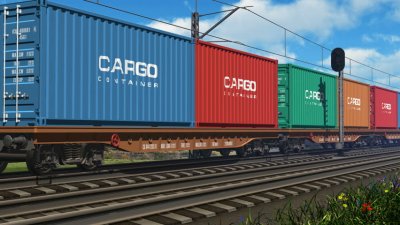Shipping of Goods
1. Shipping of Goods-Stuffing Quantity
Shipping of Goods seems like a daunting task as we prepare to export. Not to worry, there are hundreds of shipping and forwarding agents who will help you get all your documents in order.
Another question that forms part of an export inquiry is the stuffing quantity for a 20 ft container or for a 40 ft container. This means how much quantity of your product would fill up a container of 20 feet or of 40 feet.
2. Packing Details
Before finalizing shipping details, find out the kind of packing that is required, suppose you are exporting garments in knitwear. You should know what mix of sizes will be in a carton. i.e. small, medium, large, extra large can fit as 1:2:2:1 i.e. one small, two medium, two large and one extra large per dozen. Then you decide now many dozens per carton. Then find out the size and dimension of your carton. After that you calculate the CBM (Cubic Meter) space that an X number of cartons will take for maximum number of units to be packed into a container.
3. CBM calculation:

Approximately various containers hold the following number of CBM each:
CBM to Container size
26-28 CBM = 20'
56CBM = 40' LCL
63 CBM = 40' HCL
So if the size of carton is 25" x 17" x 17"
First convert to cms by multiplying with 2.54, you get = 63.5 x 43.18 x 43.18
= 0.11839654
If it is a 20ft. container then keeping a margin of 5%
= 28/0.11839654 = 236 - 5% = 224 cartons
40ft. LCL = 56/0.11839654 = 472.99 -5%
= 449.35 ~ 450 cartons
40ft. HCL = 63/0.11839654 = 532.11 - 5% = 505.50 ~ 506 cartons
If each carton depending on the sizes, the quantities can be as follows approximately:
1. Kids sizes/carton - 10 doz
2. Boys - 8 doz
3. Men's - 8 doz
If the material is jersey there can be 15 pieces in a row and if it is terry; then about 6 pieces/row.
Now you can have a rough idea about how many pieces will go in one carton, how many cartons can go in a container of the desired size and what ratio the different sizes will be packed per carton.
4. Shipping Agent & Freight Forwarders
The next step is to contact the various shipping agents & freight forwarders and get the best possible rates. The shipment days in a week are usually Tuesday and Friday and the main shipping companies are Maersk, CMA-CGM, MSC, etc.
The shipping agent will take the Invoice and the Packing List and a container will be sent for loading of goods from the manufacturing unit/warehouse.
The clearing and forwarding agent will get the goods cleared and a Bill of Lading will be issued with the specifications of your consignment.
If you have agreed at a C & F rate the price will include shipping charges which you will pay here. If it is FOB then the rate does not include Freight and the importer will pay the shipping company at their end. FOB means Freight on Board.
Get familiar with Incoterms that cover all the terminology for international trade under UCP 500 i.e. Unified Custom and Practice Documentary Credit. Incoterms are commonly used in international sales and are standard trade definitions. UCP is Unified Customs and Practice for Documentary Credits governing Letters of Credit and other related documents.
A copy of the Invoice and Packing List is sent to the importer along with the shipping company's documents before shipping of goods.
When the shipment reaches its destination the importer advises the bank accordingly and the exporter (i.e.you) negotiate the documents at the designated bank that you gave as your banker and receive the export proceeds. You will have to fill a 'Form E' which indicates the foreign exchange received is against export proceeds.
In case you are a bulk quantity exporter go for larger orders as the shipping cost of a 40' container is better than 20' as the cost/unit is lesser.
In case you manufacture smaller quantities i.e. less than a 20' container load that can also be managed by your freight forwarder/shipping agent in 'Loose Container Loads' or LCL which means you can share space with some other small quantity exporters. It costs a bit more on a per unit basis.
Shipping of Goods requires meticulous handling and correct calculations to reduce costs and for ease of delivery to the importer.
HS Code
HS stands for Harmonized System. It was developed by the WCO (World Customs Organization) as a multipurpose international product nomenclature that describes the type of good that is shipped. Today, customs officers must use HS code to clear every commodity that enters or crosses any international borders.
Pakistan Customs follow the HS Code (Harmonized System Codes) or PCT Codes ( Pakistan Customs Tariff Codes) for Classification of Goods, these code consist of eight digits where first two represent Chapter and second two represent Sub- chapter and after decimal place four digit represent code of item.
Types of Carriers used for shipping of goods

Types of Goods Carriers - Road Transport, Air Transport, by Trains and by Ships




- Home ›
- Knowledge Base ›
- Exporting from Pakistan ›
- Shipping of Goods


